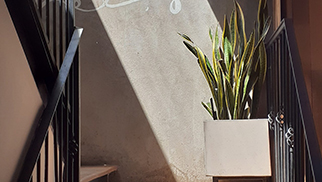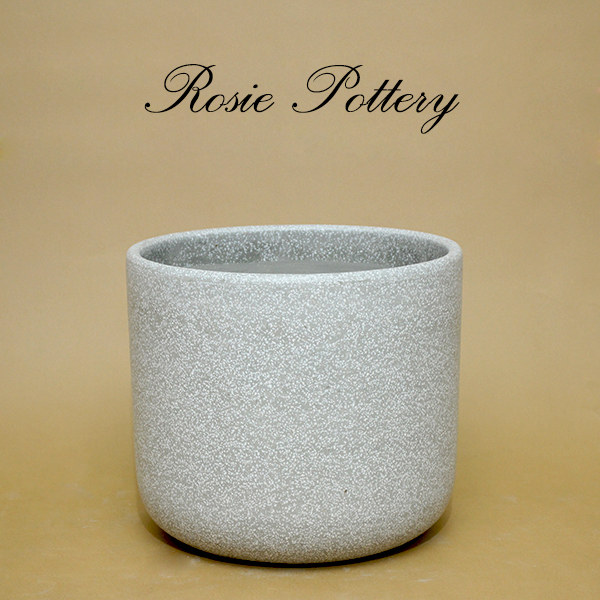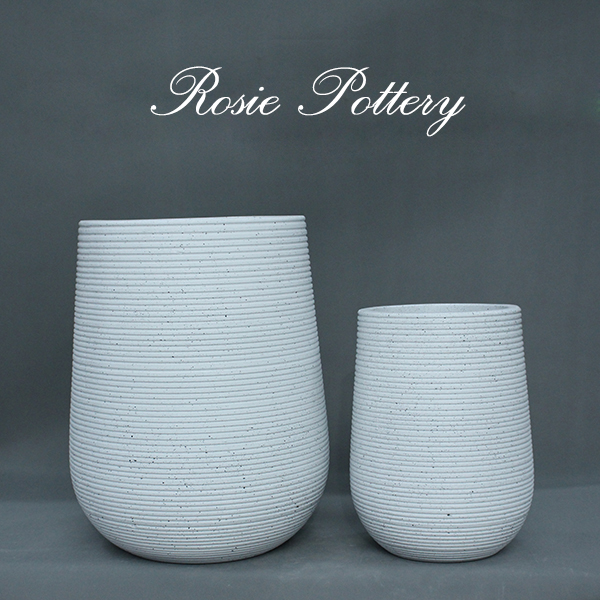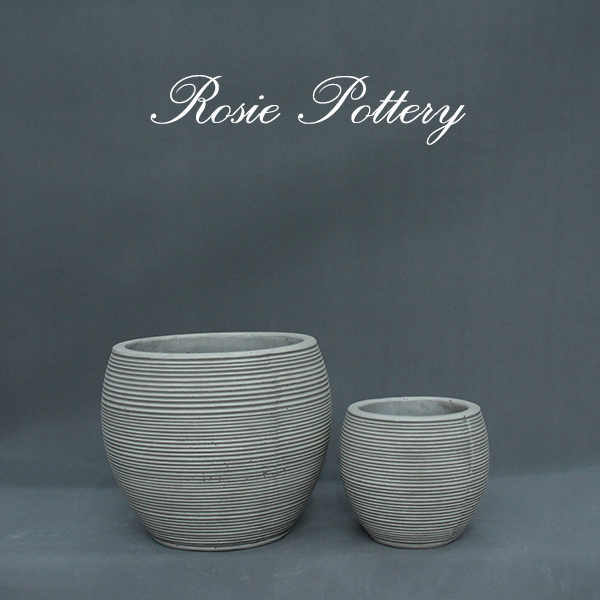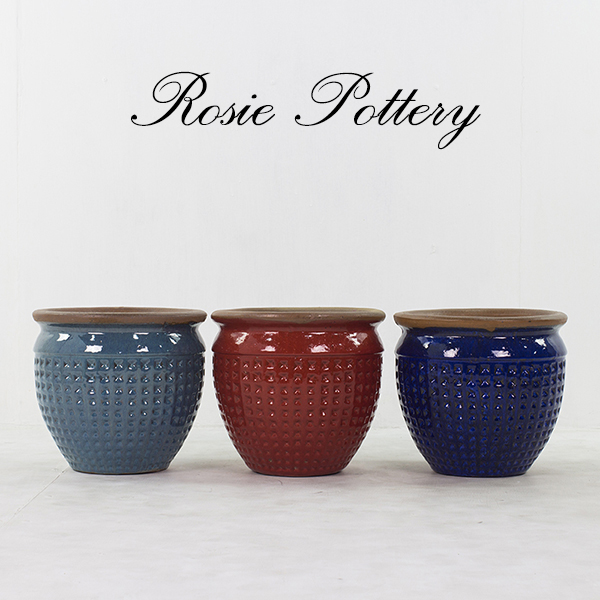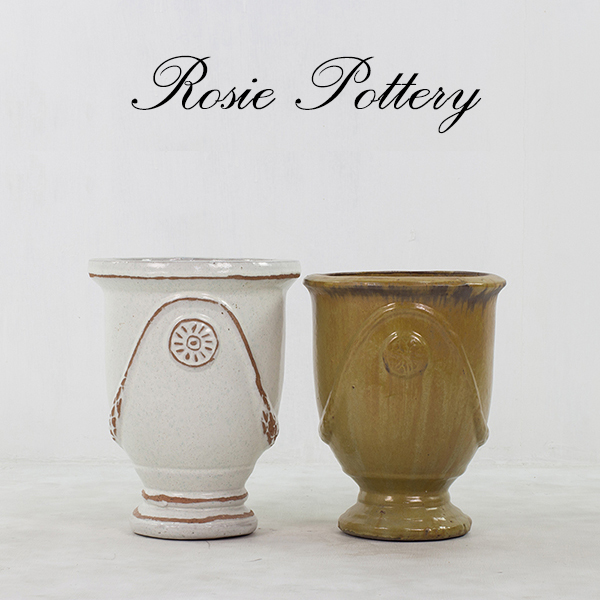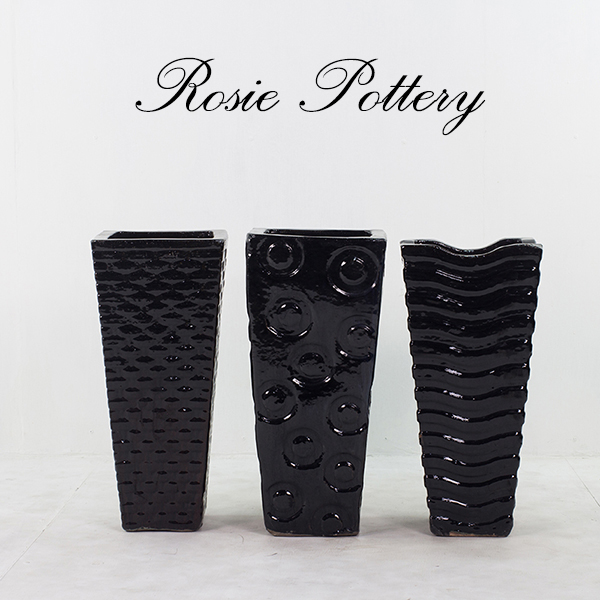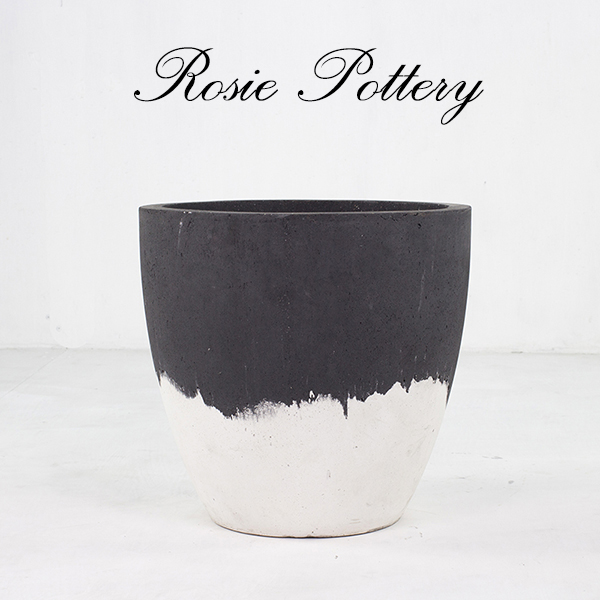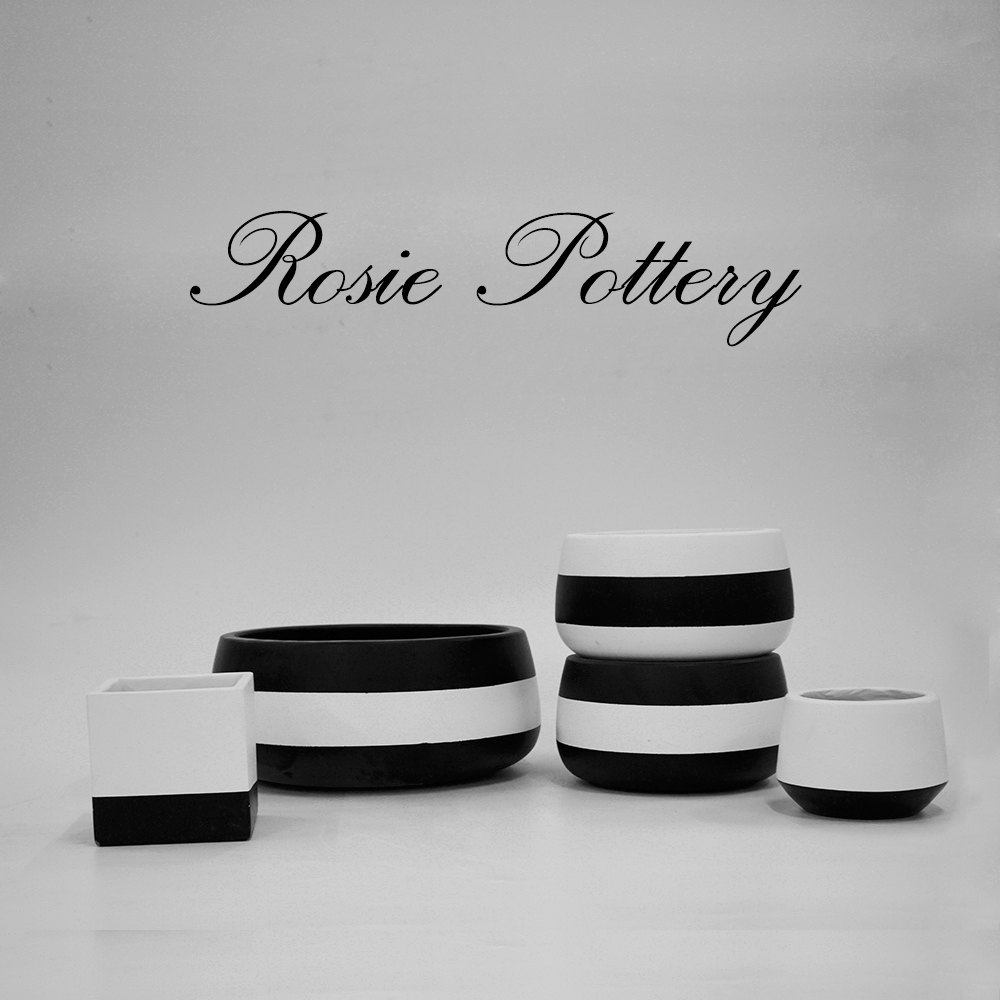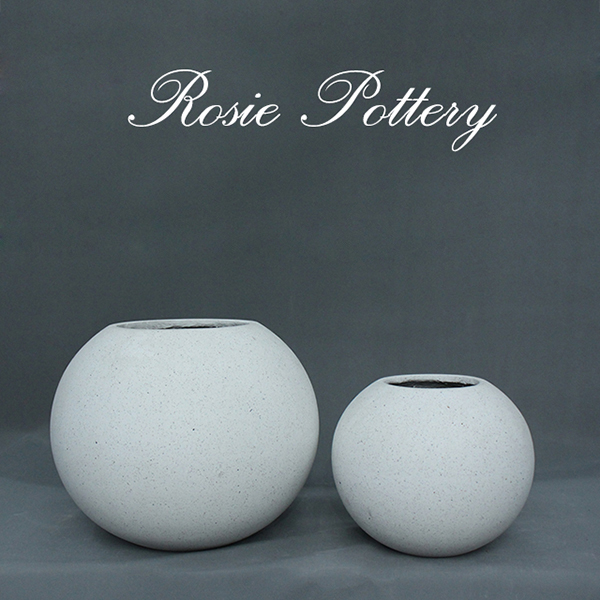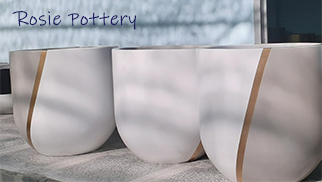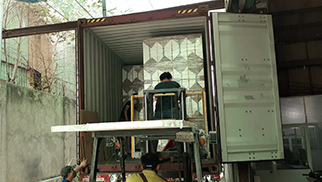
Advantages of Lightweight Concrete Planter
August 21, 2019
What is really in the Glassfibres Reinforced Concrete (GRC) planter?
January 1, 2020How to Cultivate Your Garden With Vietnamese Ceramics & Concrete Planters
Have you ever failed in cultivating your own garden? If yes, don’t be worried, not everyone was born with a green thumb, there are ways to develop one for sure. It all starts with knowing which kinds of plants are best suited to be planted in pots and planters, and the amount of sunlight and water each different type of plant needs. Today, let hear some tips from Rosie Pottery on the best way to make your garden grow well.
1. Know your Planters
To begin with, whether you are interested in growing several crops at once or planting a tree, you may enjoy the options and beauty that the pots can offer. It is essential that you choose the right size and type of pot for the plants you wish to grow. For example, if you plan to grow vegetables such as cucumbers or tomatoes, you will need a pot that is at least 50 centimeter in diameter. For smaller veggies such as broccoli or greens, a 36 centimeter diameter pot will do. If space is limited, consider growing herbs or lettuce, which all only require a 25 centimeter diameter pot. In addition to the size of your planters, you must consider the shape and depth of the pots. Plants like lettuce, which have shallow roots, flourish in pots that are wider than they are tall. For your bigger plants like tomatoes, let consider a larger round or rectangular planters as both an ideal planting option.
THE GLAZED CERAMICS POTS
The glazed clay pots, are among the most traditional planters that gardeners select for their potted plants. The quality of clay, as well as its natural ability to retain heat, can be ideal for your plants, depending on your climate and watering habits. The thick walls of a glazed pot protect the roots of your plants from extreme temperature changes, and also don’t blow over as easily as more lightweight pots, though they are extremely breakable if knocked over or hit, and can crack during the winter if they aren’t draining well. The glazed pots are a good choice for those who tend to over-water, as the pots drain well and wick moisture from potting soil.
Each plant comes with its own guidelines. Before planting your crops, make sure to hit the Internet for some research on the exact sunlight and water ratios your specific plants will need, as well as other essential information such as depth and spacing of seeds, germination time, and other environmental factors. For all plants, make sure to start with a good potting soil. Look for a “potting mix” or “potting soil,” which is made from composted bark, peat moss and other essential nutrients and ingredients that do not contain the soil you find in the ground. An ideal potting soil is fluffy in texture, locks in moisture, and provides a healthy balance of air, moisture and nutrients.
Rosie Pottery hopes that this blog help you turn your garden dream into a thriving reality. Thank you so much for your attention!
(Rosie - 25 August, 2019)

